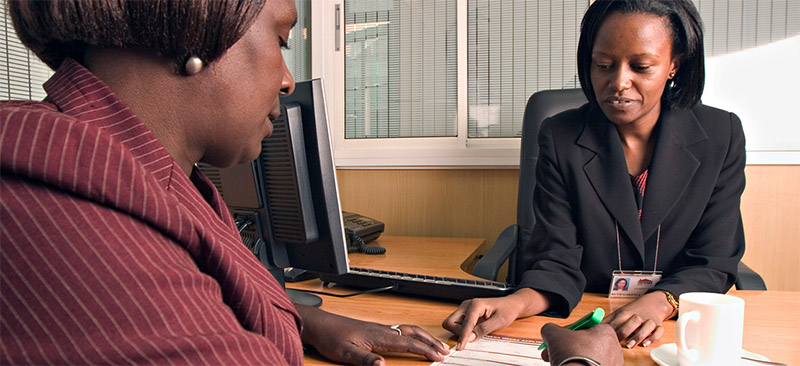The term “branchless banking” may no longer be the most accurate way to describe what is currently going on in financial inclusion and microfinance. Are banks and branches even the two most important components?
For the past five-six years, most efforts to move money via mobile phones or point-of-sale (POS) terminals have required full bank participation, or at least bank partnership and oversight. Reasons include deposit insurance, customer and payment authentication, fraud control, G2P government disbursements, and the actual issuing of money. This note discusses these issues and concludes that for the present, in answer is yes: a full banking license and a safe place in which to conduct banking business will remain necessary for full financial inclusion to succeed.

